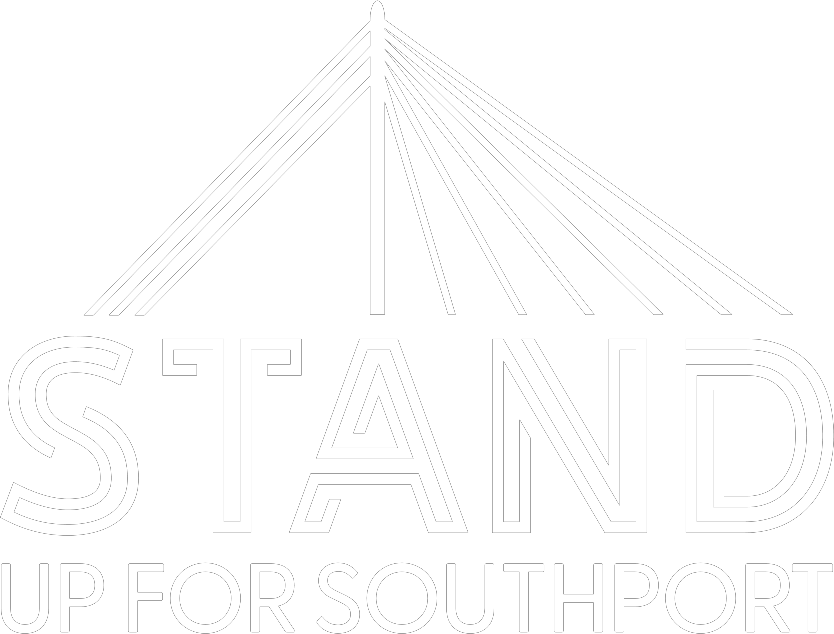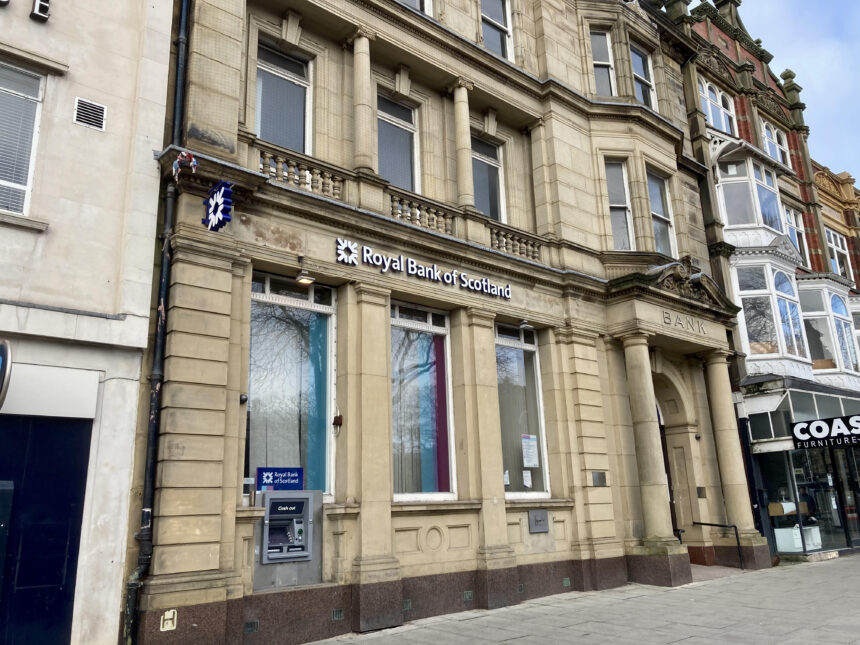The conversion of an historic former bank on Lord Street into nine new apartments will “enhance the vitality and viability of the Southport Town Centre”.
Sefton Council has granted planning permission for the former Royal Bank Of Scotland building at 269 Lord Street, which will see new flats created on the first, second and third floors and a commercial unit on the ground floor.
The new apartments will add to the 30 currently being created in the former BHS / Broadbents department store building on Chapel Street and the 26 being built in the former Southport Visiter office on Tulketh Street.
Many of the bank’s original features will be maintained.
In their report, Sefton’s Planning team said: “The ground floor of the premises will be retained for use within Class E, while the proposal would see the upper floors converted to residential.
“This would enhance the vitality and viability of the Southport Town Centre and is therefore considered to be acceptable in principle subject to other material considerations.
“The proposal seeks to retain a significant portion of the ground floor fabric, such as the main banking hall and the timber screens.
“The re-use of the building will also ensure that the building is enhanced by ensuring there is a viable use within the building which will also have a positive impact on the wider area. This will ensure that the proposal preserves the historic fabric and features of the building. The proposal would also ensure that the Listed Building is brought back into use and would be preserved.
“The proposal would not see any changes to the elevations of the property. While new windows are proposed it is considered reasonable to request details of these and this can be done via condition.”
The Grade II Listed landmark at 269 Lord Street was closed by the Royal Bank Of Scotland in March 2022 and has remained vacant ever since.
Heritage features including the windows and facade would be restored, at a building which was built in or around the Victorian era.
It is part of a recent resurgence which has seen a series of new businesses opening on ground floor units along the Lord Street boulevard.
Other new developments on Lord Street in recent months include the new Sky Bar and Harry’s Bar on the top floor of The Grand; planning permission granted to convert The Garrick into the UK’s first theatre-spa-hotel; the expansion of the Volare Italian restaurant and Kalash Diving Indian restaurant; the opening of the new Clare Wright Art Gallery; the new Saltrock clothes shop; the impending opening of Wine & Words by Watson; and more.
In the planning application for 269 Lord Street, Ainsley Gommon Architects said: “Our proposals aim to rationalise the building and create functional apartments, suitable for 21st century living, that can sit alongside, but operate independently of, an existing ground floor commercial space ready to be operated by others.
“The proposals will bring this vacant building back into use and future proof it for years to come.
“In common with many of the properties on this side of Lord Street, 269 was built in a short period of time when Lord Street was undergoing a great deal of development, between approximately 1880 and 1910.
“It is among 175 Listed buildings that are either Grade 2 or Grade 2* listed in the vicinity.
“Many of the significant buildings in the town are located on Lord Street and date from the period between 1880 and 1920 when a great deal of commercial and tourism development took place in the resort.
“269 Lord Street sits within the heart of the Lord Street conservation area, and forms an important part of the town’s history.
“Residential apartments located above commercial units along Lord Street, and the wider area as a whole, are becoming a more common feature of the town centre. The site is therefore considered to be well located for both commercial and residential use.”
The ground floor was previously in use as a banking hall, with offices, strongroom, vault and amenity spaces associated with the banking hall.
The first, second and third floors were previously in use as offices, storage, and staff facilities. Ainsley Gommon Architects said: “There is some evidence of roof damage that needs repairing in the near future, otherwise there is likely to be a significant amount of damage to the building and rectification work required.
“Externally, the intention is to mainly retain the elevation as they currently are. The front elevation, facing onto Lord Street, will have no changes.
The Royal Bank Of Scotland branch that previously occupied the site closed on 22rd March 2022, leaving Southport without any RBS branches.
The firm blamed an increase in people using mobile and online services and decreasing numbers of people using the building itself.
Customers were instead being asked to use the NatWest branch on Lord Street instead.
The firm has closed a number of RBS and NatWest branches in Southport in recent years, including in Churchtown and Ainsdale.
Do you have a story for Stand Up For Southport? Do you need advertising, PR or media support? Please message Andrew Brown via Facebook here or email me at: mediaandrewbrown@gmail.com






